Egyptians Unite to Halt Multinational Fertilizer Plant that Threatens Fishing and Tourism
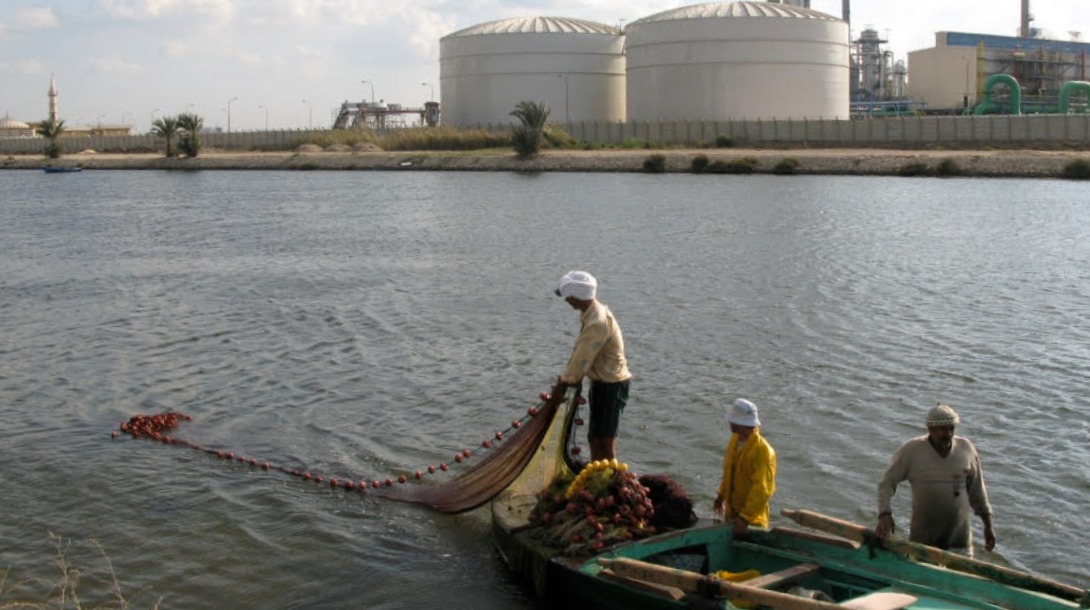
In 2008, protests erupted in the Egyptian city of Damietta against the construction of a fertilizer complex by a Canadian consortium. Damietta, which sits on the Mediterranean Sea near the mouth of the Nile River, is a prime tourist destination and also plays host to a variety of industry, from furniture manufacturing, woodworking, and food processing to fishing and agriculture. Groups invested in these concerns, including local politicians and elites, professional syndicates, and fishermen, united in their calls against the plant. Though the protestors were successful in halting the complex, as compensation the Egyptian government gave the Canadian consortium shares in a nearby plant that has significantly expanded its fertilizer production in the more than 10 years since the protests.
Interview
Political Cartoon

Infographic Slideshow
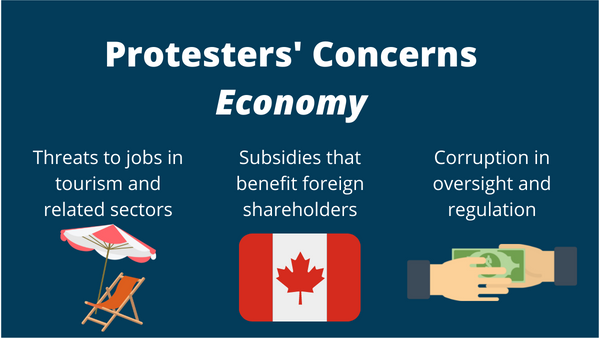

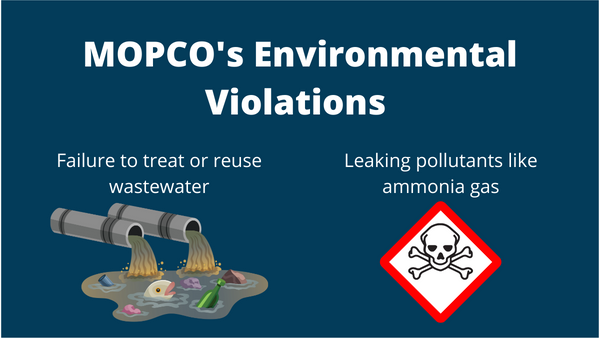
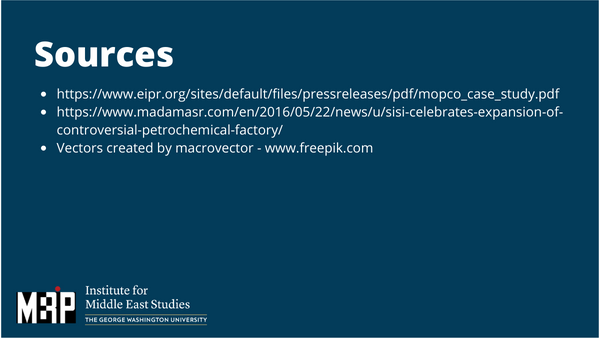

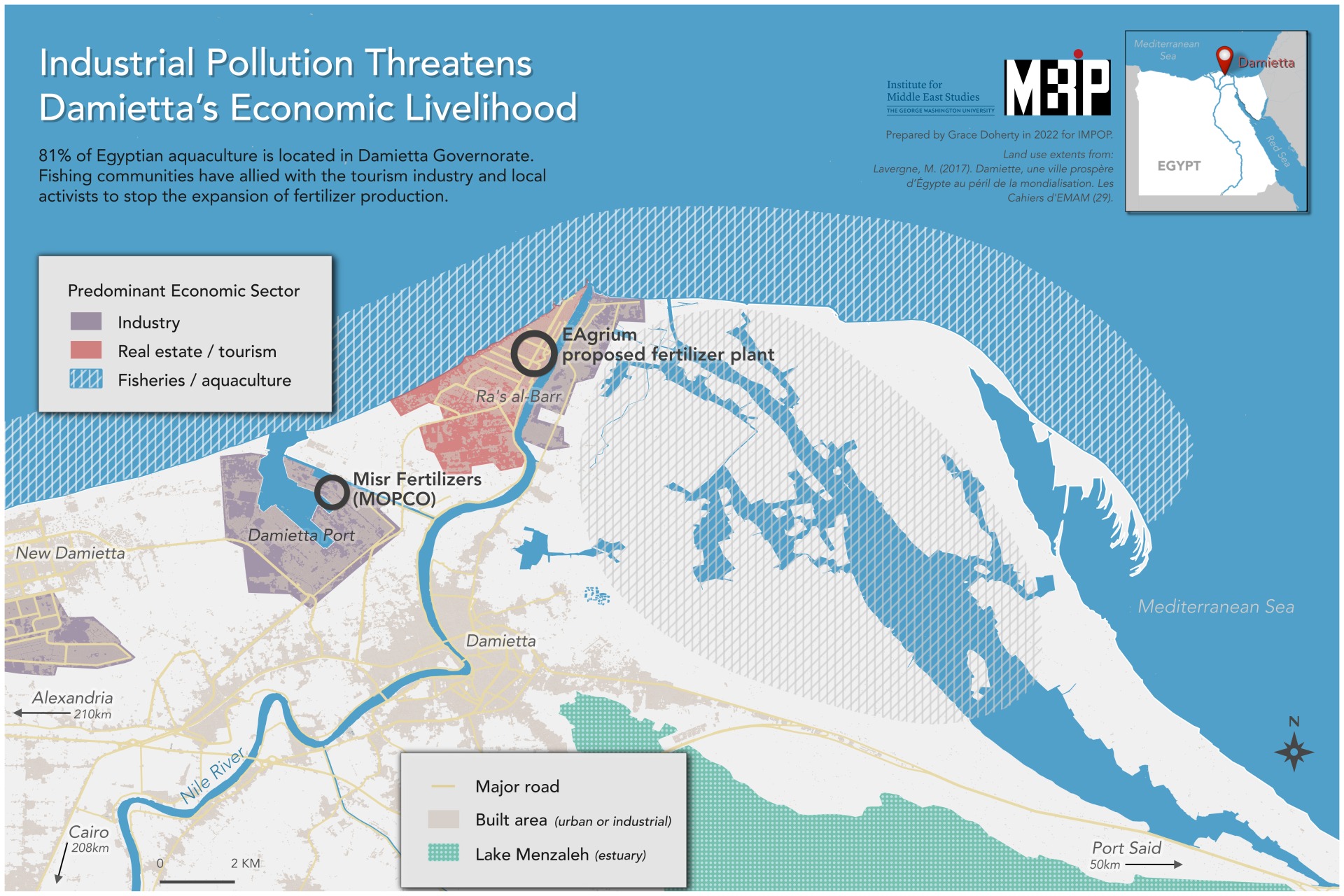
Image Slideshow
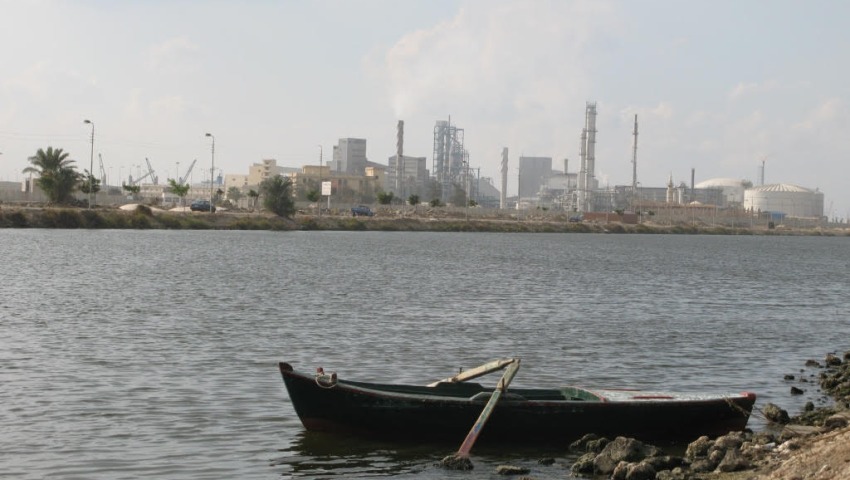
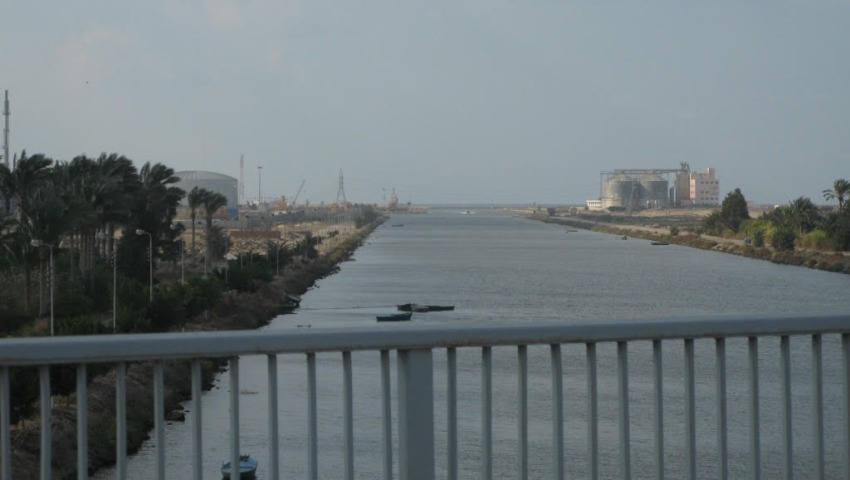
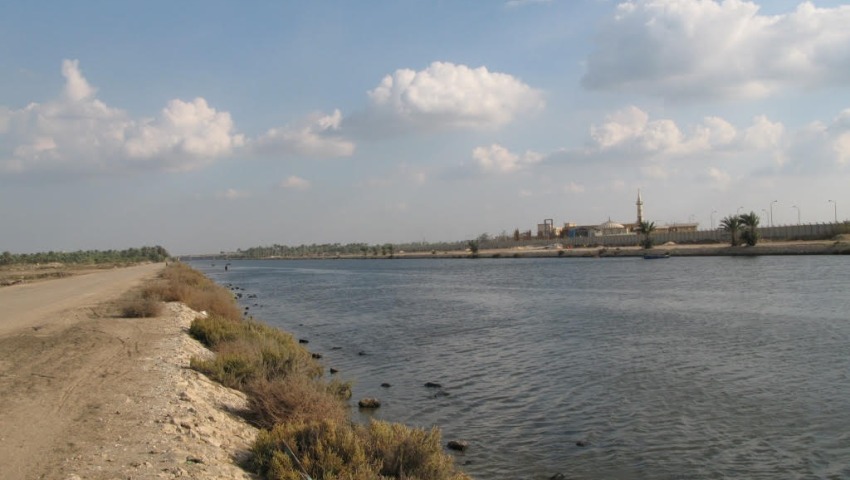
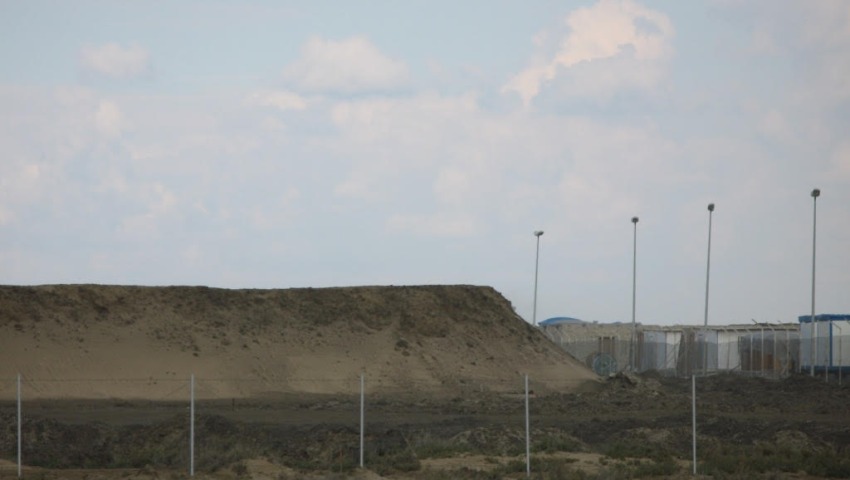
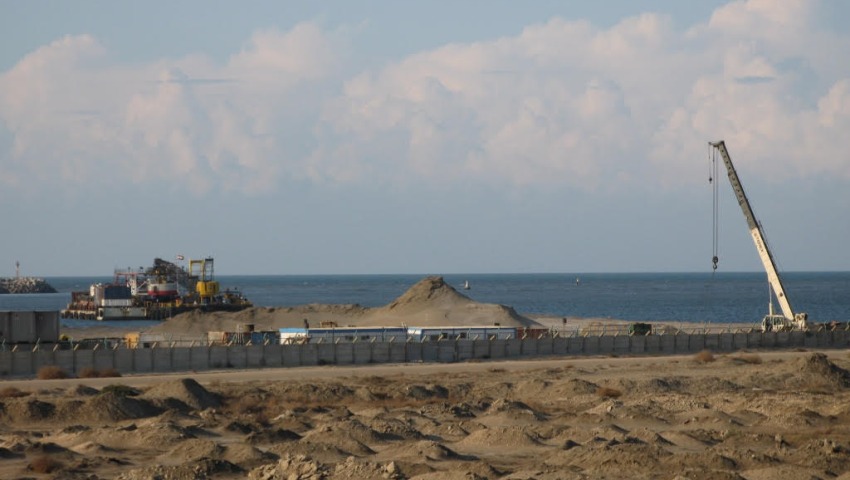
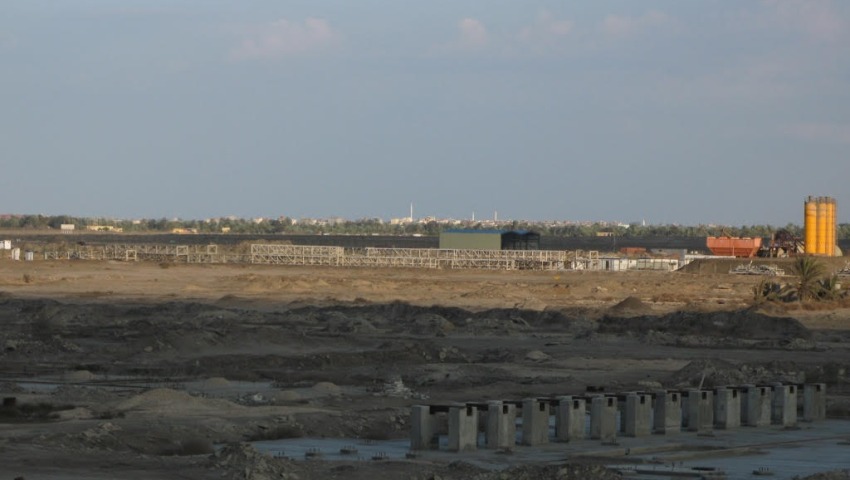
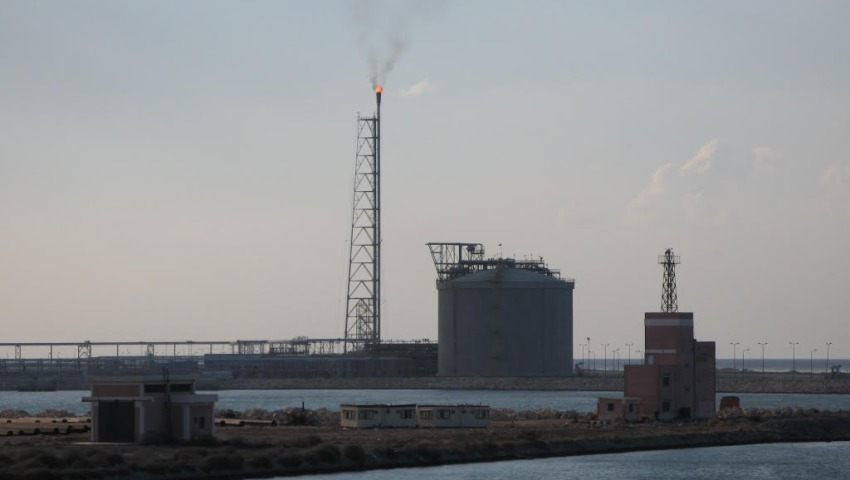
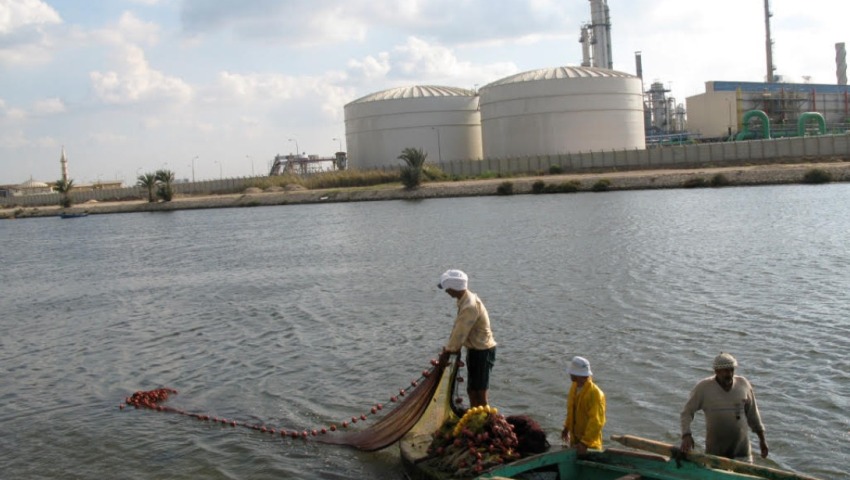
Article
“Damietta Mobilizes for Its Environment” by Sharif Elmusa & Jeannie Sowers for MERIP
Fall 2009
In 2008, Egypt’s Mediterranean port city of Damietta saw escalating protest against EAgrium, a Canadian consortium building a large fertilizer complex in Ra’s al-Barr. Ra’s al-Barr sits at the end of an estuary, where the Damietta branch of the Nile River joins the Mediterranean. It is a prime destination for vacationing Egyptians in the summertime and the location of the year-round residences of the Damiettan elite. Fishermen ply the waters offshore. When plans for the fertilizer complex were announced, a coalition of locals feared that all three sources of income—tourism, real estate and fishing—would be jeopardized by emissions into the air and water. As summer temperatures climbed and the protests mounted, the government found itself caught between its contractual obligations to international investors and a well-organized local movement opposed to the project on both environmental and developmental grounds….
…The Damietta protests must be situated within Egypt’s broader attempt to attract foreign investment, particularly in the petrochemical sector, by “underpricing” its energy resources. The proposed fertilizer complex in Damietta was sizable, encompassing two ammonia plants that would produce 1,200 tons per day, and two urea plants that would produce 1,925 tons per day, along with handling and storage facilities. The consortium backing the project was 60 percent held by the Canadian firm Agrium, one of the largest global producers of fertilizer, with minority shares in the hands of Egyptian state-owned petrochemical and natural gas companies and an inter-government Arab petroleum investment corporation. It was to be the seventh identical fertilizer complex designed and constructed in Egypt by the German engineering firm Uhde since 2002, except that EAgrium (E stands for Egypt) was to have double the production capacity. Other turnkey complexes by Uhde have been completed in Abu Qir near Alexandria, ‘Ayn al-Sukhna on the Red Sea coast, Helwan south of Cairo and, in 2006, the Damietta free trade zone directly adjacent to the proposed new site. This last company, the state-owned MOPCO, remains operational….
…By keeping prices on energy inputs low, the government effectively created a rent that state-owned companies and private investors alike were quick to exploit. Most foreign direct investment was earmarked for sectors related to oil and natural gas. Petrochemicals and fertilizers, reliant on energy inputs, emerged as two of the fastest-growing sectors in the Egyptian economy. The five-year plan of 2002-2007 saw industrial investments worth $9.8 billion. Egypt exported over $1.1 billion worth of fertilizers in 2005, and that figure more than doubled to $2.5 billion by 2007, according to the Ministry of Trade and Industry. Statistics vary widely among official sources, but the State Department estimates that investment flows into the country grew steadily from $3.9 billion in 2004-2005 to $13.2 billion in 2007-2008. The government, eager to retain foreign direct investment, was thus reluctant to interfere with the EAgrium project.
The revenues from these investments, however, accrued only to the operating and investing firms. The government’s contracts with consortiums have not included revenue sharing for local communities or offset funds to invest in remediation of the impact upon public health and or the environment. In addition, these capital-intensive plants generated relatively little employment, particularly when compared to the privately owned workshops that constitute the backbone of Damietta’s economy.
Recommended Reading/Resources
- “MOPCO Fertilizer Factory Environmental Conflict, Egypt,” Environmental Justice Atlas, https://ejatlas.org/conflict/mopco-fertilizer-factory-environmental-conflict-egypt
- Inas Tewfik, “Community Participation and Environmental Change,” Middle East Report 202 (Spring 1997), https://merip.org/1997/03/community-participation-and-environmental-change/
- Hamada El-Resam, “Nile Pollution in Damietta,” Mada Masr, 16 November 2012, https://www.madamasr.com/en/2012/11/16/panorama/u/nile-pollution-in-damietta-by-hamada-el-resam/
- Ragia Elgerzawy, “Investment without Sustainable Development: Imaginary Profit and Realized Losses, A Case Study of the MOPCO Plant in Damietta,” Egyptian Initiative for Personal Rights, March 2014, https://www.eipr.org/sites/default/files/pressreleases/pdf/mopco_case_study.pdf
- Dina Zayed, Jeannie Sowers, “The Campaign Against Coal in Egypt,” Middle East Report 271 (Summer 2014), https://merip.org/2014/07/the-campaign-against-coal-in-egypt/
- Mirette Magdy, “Giant UAE-Egypt Deal to Include Stakes in Fertilizer Firms,” Bloomberg, 23 March 2022, https://www.bloomberg.com/news/articles/2022-03-23/giant-uae-egypt-deal-said-to-include-stakes-in-fertilizer-firms
- Sherif Mohy El Deen, “Egypt’s Water Policy after the Construction of the Grand Ethiopian Renaissance Dam,” Arab Reform Initiative, 30 March 2022, https://www.arab-reform.net/publication/egypts-water-policy-after-the-construction-of-the-grand-ethiopian-renaissance-dam/
- Cartoon by Khalid Albaih: https://www.facebook.com/KhalidAlbaih/
Visit our Resources Page for more materials related to environmental activism in North Africa.
If you’re interested in this topic and would like to invite a faculty expert to speak to your students visit our Zoom-In on the Middle East Speaker’s Bureau page to explore available experts.